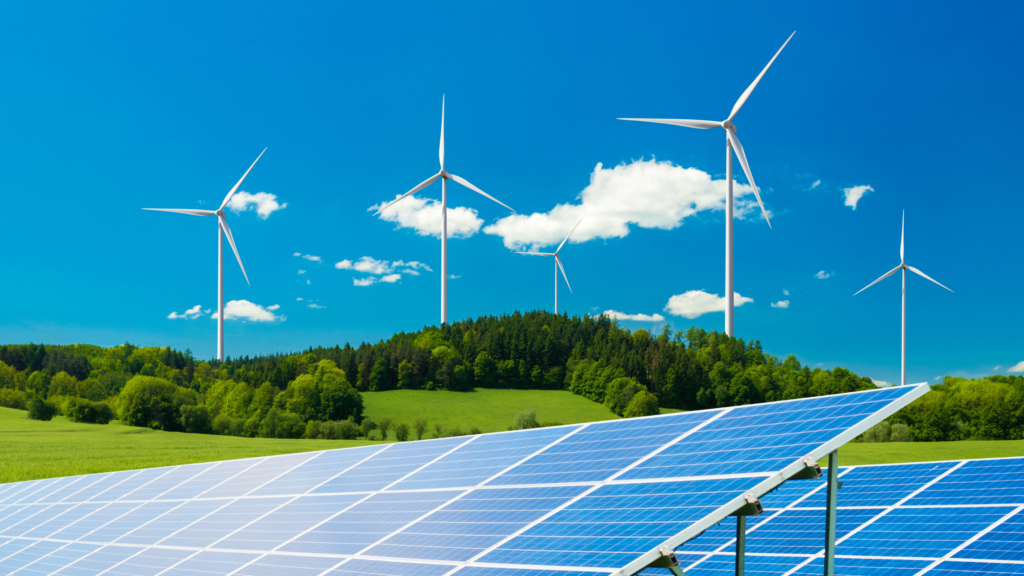Empowering Clean Energy in Developing Regions
Access to clean energy is a critical component of sustainable development, particularly in developing regions where energy poverty remains a significant challenge. By financing clean energy projects, we can promote economic growth, improve public health, and reduce environmental impact. For organizations like Bottom Billion Corporation (BBC), investing in clean energy aligns with their mission to support high-risk projects and empower underserved communities. This article explores the importance of clean energy financing, key strategies for implementation, and real-world examples that highlight the transformative potential of clean energy investments. The Importance of Clean Energy Financing Clean energy is vital for addressing climate change, enhancing energy security, and fostering sustainable development. Financing these energy projects in developing regions is essential for several reasons: Key Strategies for Financing Clean Energy Projects To effectively finance clean energy projects in developing regions, it is essential to adopt strategies that address financial barriers and promote sustainable practices. Key strategies include: 1. Public-Private Partnerships (PPPs)PPPs combine the strengths of public and private sectors to finance, build, and operate clean energy projects. These partnerships can mobilize additional resources, share risks, and ensure long-term sustainability. Successful PPPs require: 2. Green Bonds and Climate FundsGreen bonds and climate funds are innovative financial instruments that raise capital for energy projects. These instruments provide investors with an opportunity to support sustainable initiatives while earning returns. Key elements include: 3. Microfinance for Clean EnergyMicrofinance institutions can play a crucial role in financing small-scale clean energy solutions, such as solar home systems and clean cookstoves. By providing microloans to households and small businesses, microfinance can enhance energy access and promote sustainable development. Effective microfinance strategies include: Success Stories in Clean Energy Financing Several initiatives worldwide demonstrate the transformative impact of clean energy investments in developing regions. Grameen ShaktiGrameen Shakti, a subsidiary of Grameen Bank in Bangladesh, focuses on promoting renewable energy solutions, such as solar home systems, biogas plants, and improved cookstoves. Through microfinancing and community-based approaches, Grameen Shakti has installed over 1.8 million solar home systems, significantly enhancing energy access in rural areas. The African Development Bank’s (AfDB) Desert to Power InitiativeThe AfDB’s Desert to Power initiative aims to harness the vast solar potential of the Sahel region to provide electricity to 250 million people. By leveraging public and private investments, the initiative seeks to install 10 gigawatts of solar power capacity, fostering sustainable development and economic growth in the region. Financing clean energy in developing regions is a vital strategy for driving sustainable development and empowering communities. By adopting strategies such as public-private partnerships, green bonds, climate funds, and microfinance, we can overcome financial barriers and promote the widespread adoption of renewable energy. Success stories like M-KOPA Solar, Grameen Shakti, and the AfDB’s Desert to Power initiative highlight the transformative potential of clean energy investments. For organizations like Bottom Billion Corporation (BBC), aligning with clean energy initiatives supports their mission to promote sustainable development and empower underserved communities. By prioritizing clean energy financing, we can create a cleaner, healthier, and more prosperous future for all.
Empowering Clean Energy in Developing Regions Read More »

